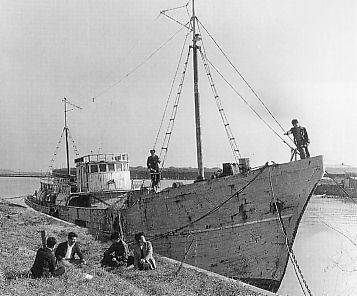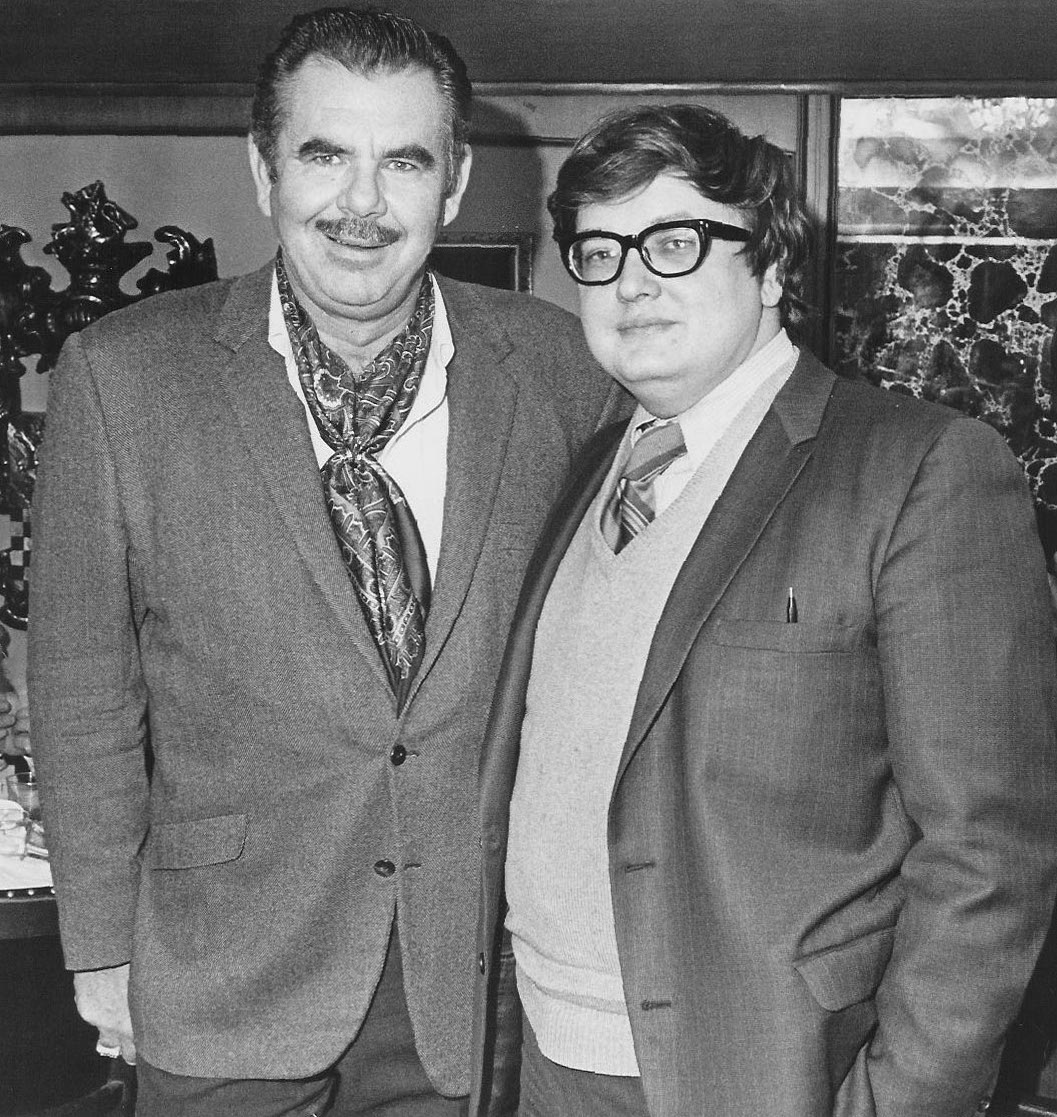|
Radiophobia
Radiophobia is a fear of ionizing radiation. Examples include health patients refusing X-rays because they believe the radiation will kill them, such as Steve Jobs and Bob Marley who both died after refusing radiation treatment for their cancer. Given that significant doses of radiation are harmful, even deadly (i.e. radiation-induced cancer, and acute radiation syndrome) it is reasonable to fear high doses of radiation. The term is also used to describe the opposition to the use of nuclear technology (i.e. nuclear power) arising from concerns disproportionately greater than actual risks would merit. Early use The term was used in a paper entitled "Radio-phobia and radio-mania" presented by Dr Albert Soiland of Los Angeles in 1903. In the 1920s, the term was used to describe people who were afraid of radio broadcasting and receiving technology. In 1931, radiophobia was referred to in ''The Salt Lake Tribune'' as a "fear of loudspeakers", an affliction that Joan Crawford was re ... [...More Info...] [...Related Items...] OR: [Wikipedia] [Google] [Baidu] |
Anti-nuclear Movement
The anti-nuclear movement is a social movement that opposes various nuclear technologies. Some direct action groups, environmental movements, and professional organisations have identified themselves with the movement at the local, national, or international level.Fox ButterfieldProfessional Groups Flocking to Antinuclear Drive ''The New York Times'', 27 March 1982. Major anti-nuclear groups include Campaign for Nuclear Disarmament, Friends of the Earth, Greenpeace, International Physicians for the Prevention of Nuclear War, Peace Action, Seneca Women's Encampment for a Future of Peace and Justice and the Nuclear Information and Resource Service. The initial objective of the movement was nuclear disarmament, though since the late 1960s opposition has included the use of nuclear power. Many anti-nuclear groups oppose both nuclear power and nuclear weapons. The formation of green parties in the 1970s and 1980s was often a direct result of anti-nuclear politics.John Barry and ... [...More Info...] [...Related Items...] OR: [Wikipedia] [Google] [Baidu] |
Daigo Fukuryū Maru
was a Japanese tuna fishing boat with a crew of 23 men which was contaminated by nuclear fallout from the United States Castle Bravo thermonuclear weapon test at Bikini Atoll on March 1, 1954. The crew suffered acute radiation syndrome (ARS) for a number of weeks after the Bravo test in March. All recovered except for Kuboyama Aikichi, the boat's chief radioman, who died on September 23, 1954, from complications of radiation sickness. Kuboyama is considered the first victim of the Thermonuclear weapon, hydrogen bomb and of test shot Castle Bravo. Early days and final voyage Built in March 1947 and launched from Koza, Wakayama, the boat was originally named . It was a bonito boat and moored in Misaki Fishing Harbor, Kanagawa Prefecture. It was later remodeled into a tuna fishing boat. In 1953, it moved to Yaizu, Shizuoka, Yaizu Port, Shizuoka Prefecture, with a new name, ''Daigo Fukuryū Maru'', translated as ''Lucky Dragon No. 5'' or the ''Fifth Lucky Dragon''. The ''Lucky D ... [...More Info...] [...Related Items...] OR: [Wikipedia] [Google] [Baidu] |
Beta Burn
A radiation burn is a damage to the skin or other biological tissue and organs as an effect of radiation. The radiation types of greatest concern are thermal radiation, radio frequency energy, ultraviolet light and ionizing radiation. The most common type of radiation burn is a sunburn caused by UV radiation. High exposure to X-rays during diagnostic medical imaging or radiotherapy can also result in radiation burns. As the ionizing radiation interacts with cells within the body—damaging them—the body responds to this damage, typically resulting in erythema—that is, redness around the damaged area. Radiation burns are often discussed in the same context as radiation-induced cancer due to the ability of ionizing radiation to interact with and damage DNA, occasionally inducing a cell to become cancerous. Cavity magnetrons can be improperly used to create surface and internal burning. Depending on the photon energy, gamma radiation can cause deep gamma burns, with 60Co inte ... [...More Info...] [...Related Items...] OR: [Wikipedia] [Google] [Baidu] |
Akira Kurosawa
was a Japanese filmmaker and painter who directed thirty films in a career spanning over five decades. He is widely regarded as one of the most important and influential filmmakers in the history of cinema. Kurosawa displayed a bold, dynamic style, strongly influenced by Western cinema yet distinct from it; he was involved with all aspects of film production. Kurosawa entered the Japanese film industry in 1936, following a brief stint as a painter. After years of working on numerous films as an assistant director and scriptwriter, he made his debut as a director during World War II with the popular action film '' Sanshiro Sugata''. After the war, the critically acclaimed ''Drunken Angel'' (1948), in which Kurosawa cast the then little-known actor Toshiro Mifune in a starring role, cemented the director's reputation as one of the most important young filmmakers in Japan. The two men would go on to collaborate on another fifteen films. ''Rashomon'' (1950), which premiered ... [...More Info...] [...Related Items...] OR: [Wikipedia] [Google] [Baidu] |
Fahrenheit 9/11
''Fahrenheit 9/11'' is a 2004 American documentary film directed, written by, and starring filmmaker, director, political commentator and activist Michael Moore. The film takes a liberal, critical look at the presidency of George W. Bush, the war in Iraq, and its coverage in the media. In the film, Moore contends that American corporate media were "cheerleaders" for the 2003 invasion of Iraq, and did not provide an accurate or objective analysis of the rationale for the war and the resulting casualties there. The title of the film alludes to Ray Bradbury's 1953 novel ''Fahrenheit 451'', a dystopian view of the future United States, drawing an analogy between the autoignition temperature of paper and the date of the September 11 attacks; one of the film's taglines was "The Temperature at Which Freedom Burns". The film debuted at the 2004 Cannes Film Festival, where it was awarded the Palme d'Or, the festival's highest award. It received generally positive reviews from critics, ... [...More Info...] [...Related Items...] OR: [Wikipedia] [Google] [Baidu] |
Roger Ebert
Roger Joseph Ebert (; June 18, 1942 – April 4, 2013) was an American film critic, film historian, journalist, screenwriter, and author. He was a film critic for the ''Chicago Sun-Times'' from 1967 until his death in 2013. In 1975, Ebert became the first film critic to win the Pulitzer Prize for Criticism. Neil Steinberg of the ''Chicago Sun-Times'' said Ebert "was without question the nation's most prominent and influential film critic," and Kenneth Turan of the ''Los Angeles Times'' called him "the best-known film critic in America." Ebert was known for his intimate, Midwestern writing voice and critical views informed by values of populism and humanism. Writing in a prose style intended to be entertaining and direct, he made sophisticated cinematic and analytical ideas more accessible to non-specialist audiences. While a populist, Ebert frequently endorsed foreign and independent films he believed would be appreciated by mainstream viewers, which often resulted in such film ... [...More Info...] [...Related Items...] OR: [Wikipedia] [Google] [Baidu] |
Ishirō Honda
was a Japanese filmmaker who directed 44 feature films in a career spanning 59 years. The most internationally successful Japanese filmmaker prior to Hayao Miyazaki, his films have had a significant influence on the film industry. Honda entered the Japanese film industry in 1934, working as the third assistant director on Sotoji Kimura's ''The Elderly Commoner's Life Study''. After 15 years of working on numerous films as an assistant director, he made his directorial debut with the short documentary film ''Ise-Shima'' (1949). Honda's first feature film, ''Aoi Shinju, The Blue Pearl'' (1952), was a critical success in Japan at the time and would lead him to direct three subsequent drama films. In 1954, Honda directed and co-wrote ''Godzilla (1954 film), Godzilla'', which became a box office success in Japan, and was nominated for two Japanese Movie Association awards. Because of the film's commercial success in Japan, it spawned a Godzilla (franchise), multimedia franchise, re ... [...More Info...] [...Related Items...] OR: [Wikipedia] [Google] [Baidu] |






